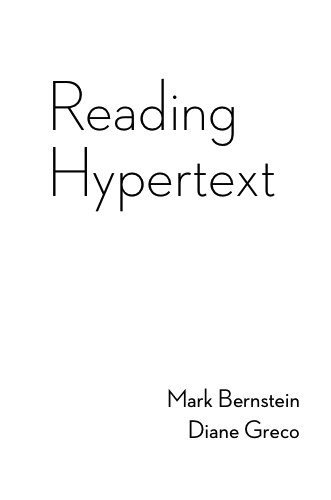Women in Elit
Stacey Mason
With the buzz of tweets from the Electronic Poetry Festival (#epf11), the #elit hashtag has seen more attention today than it has in several weeks. Much of today’s discussion has focused on the representation of women within the field of eLit, with some prominent women arguing that women are not recognized sufficiently within the field.
What I think is the problem here is a limitation of shared language. Saying “eLit underrepresents women” is not necessarily true, if your definition of eLit is narrative-based digital works. If, however, you expand your definition to include other fields that the narrativist is not considering, it might be. Women are certainly underrepresented in computer sciences in general, but let’s not be too quick to make a claim without proper qualification.
On the other side of the debate, being able to list several names and even to say that the top writer or researcher in the field is female doesn’t necessarily make the field gender-balanced. There can still be an underrepresentation of women even if the women you have are extraordinary.
The danger with a claim like this is that, without proper qualification, a generalization makes its way into the collective consciousness of a group. Perception is reality; what someone perceives to be true is necessarily the truth to that person (or group). This becomes dangerous, as women who are aware of a stereotype might feel immense pressure that only results from that consciousness. From personal experience, I found myself afraid to ask questions and participate in male-heavy programming classes lest I reinforce a stereotype that women don’t understand programming. We don’t want to instill the same anxieties in our young female eLit writers.
However, if there are inequalities, ignoring them will not make them go away. In this case, we must properly identify if and where the problem exists. The most productive way to do this seems to be to identify a benchmark and assess how we as a field are measuring up to it. We need to figure out what we’re trying to achieve before we can discuss whether we have or have not achieved it.
